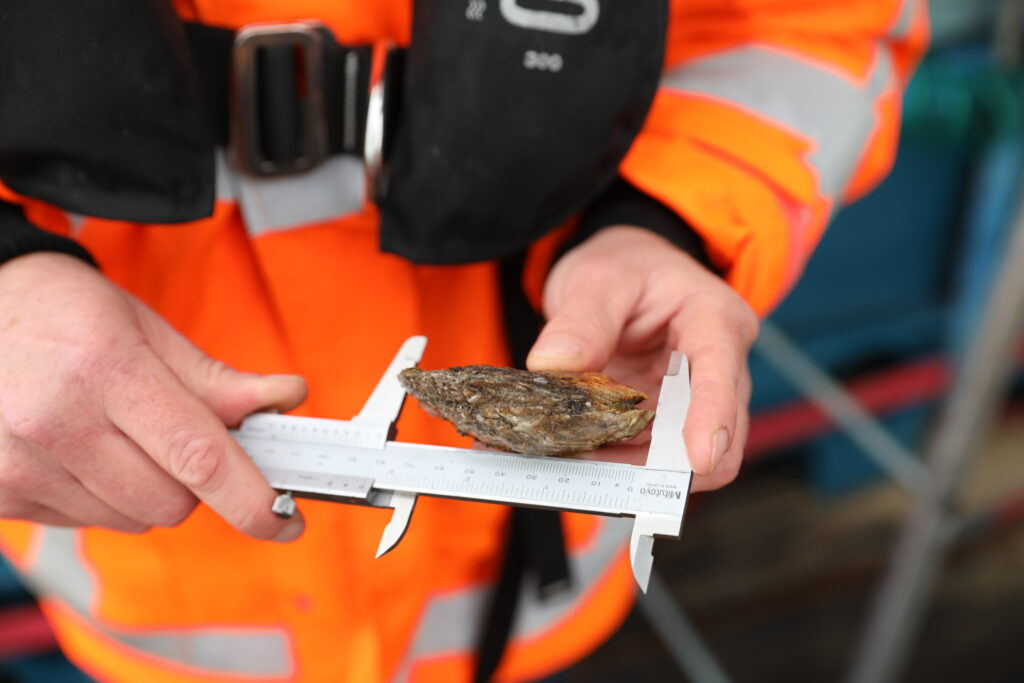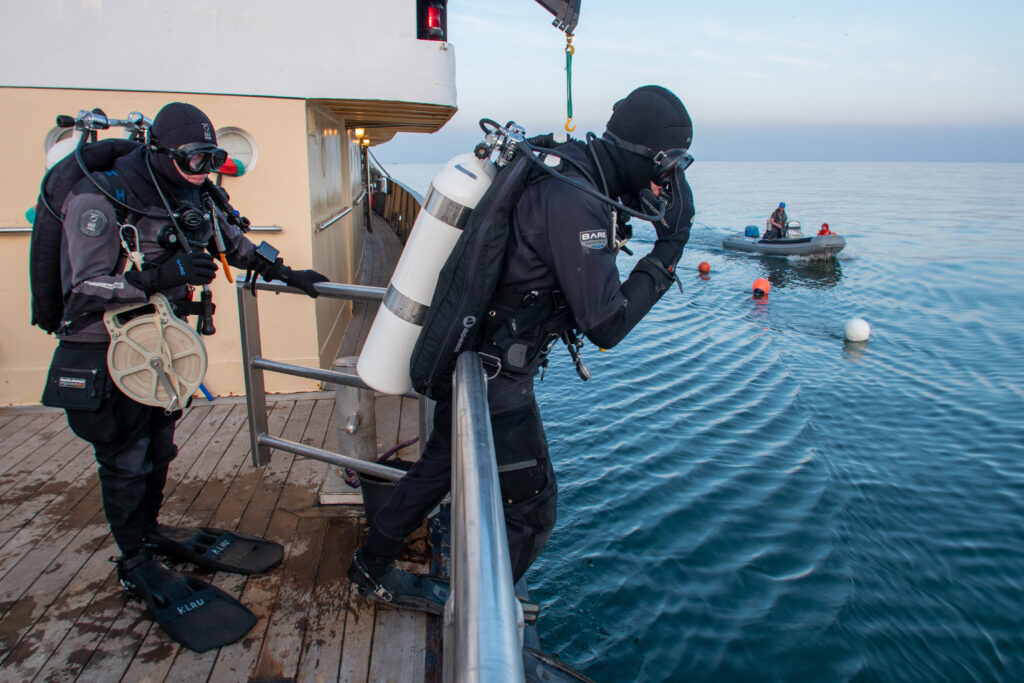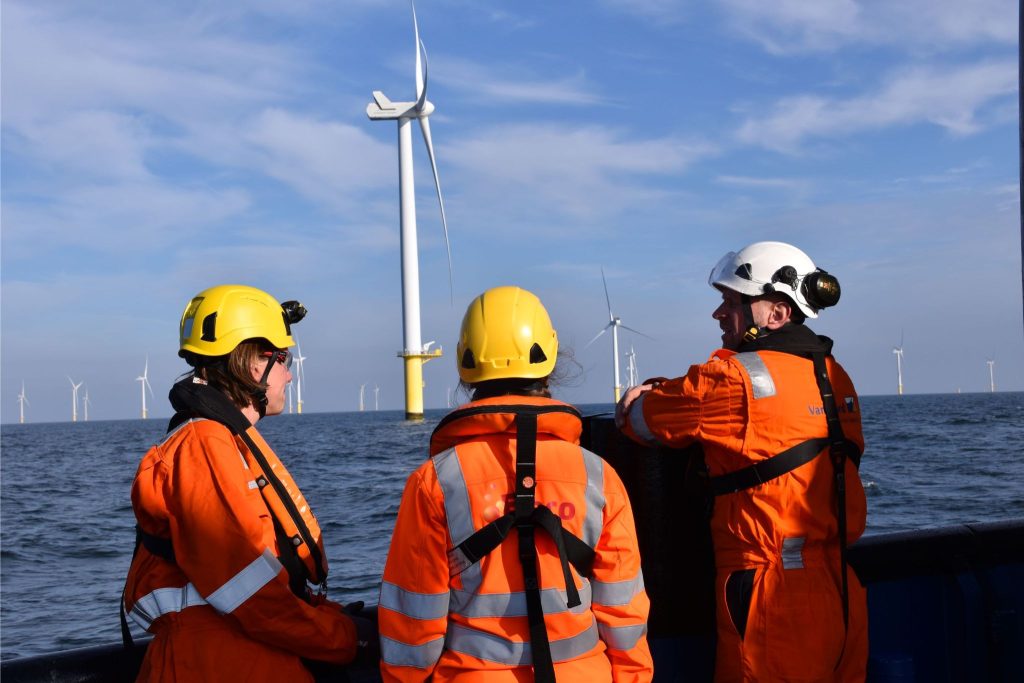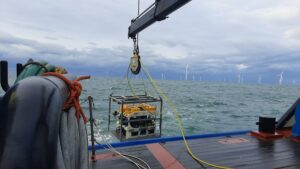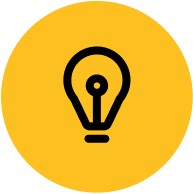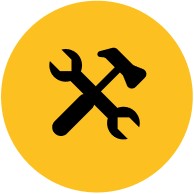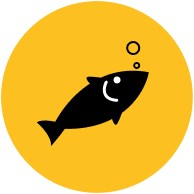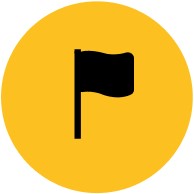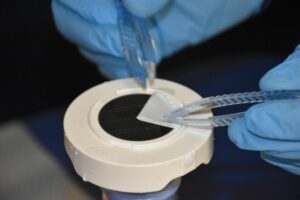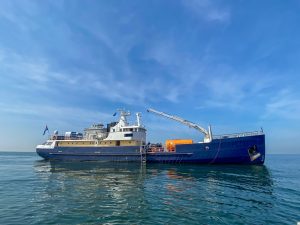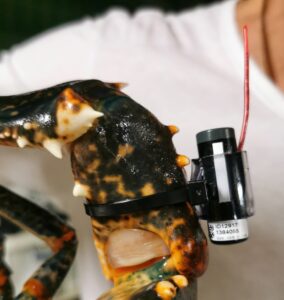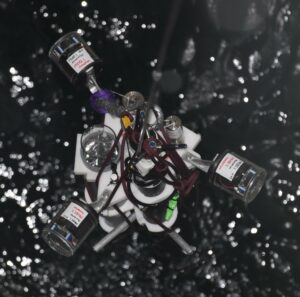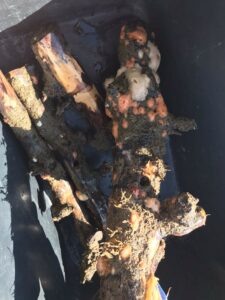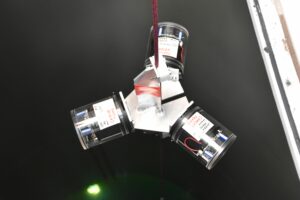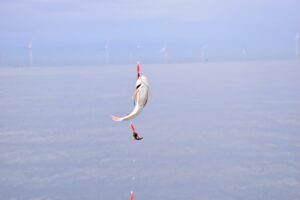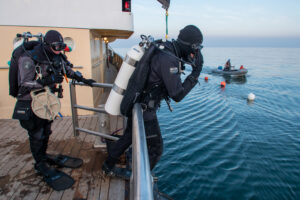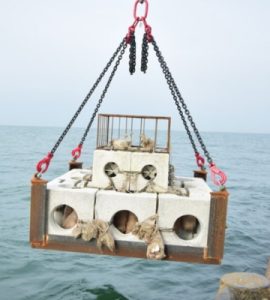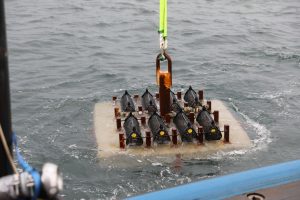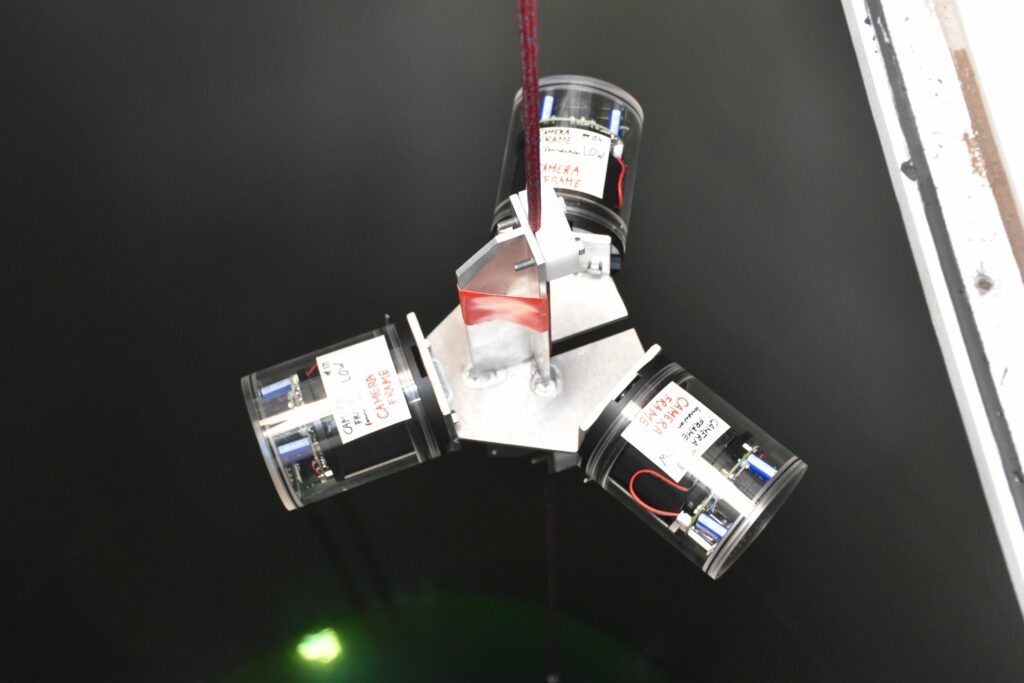Monitoring is critical for nature enhancement projects in offshore wind farms (OWFs). The monitoring process is a delicate balance of time and space, adhering to safety measures, observing regulations, and navigating turbulent waters. As nature enhancement in OWFs is still a relatively new field of study, data from projects can support a proof of concept aimed to scale up measures for nature restoration and enhancement.
Without monitoring, we would have no way to know the efficacy of nature enhancement measures. A learning-by-doing approach can help research to keep up with the speed of energy transition, enabling both scientific and practical results on the topic as well as adaptable management. Monitoring results can also support stakeholder engagement and public support.
